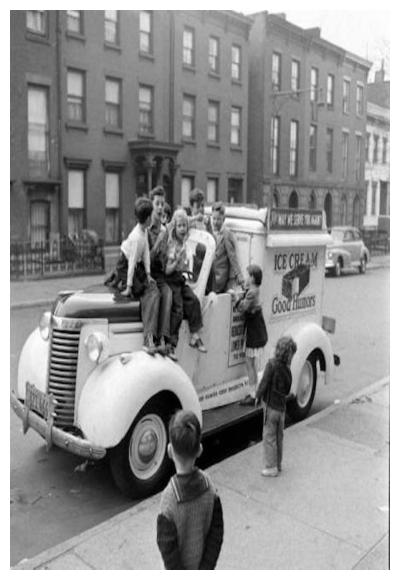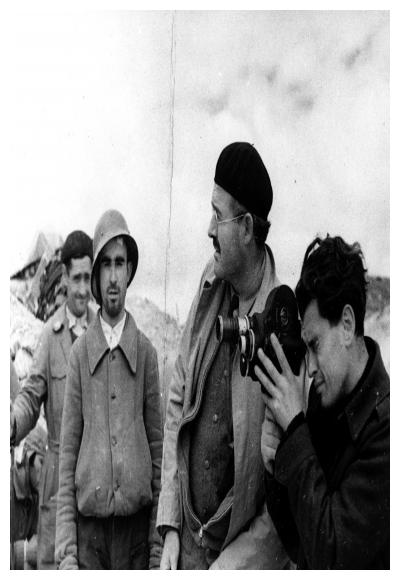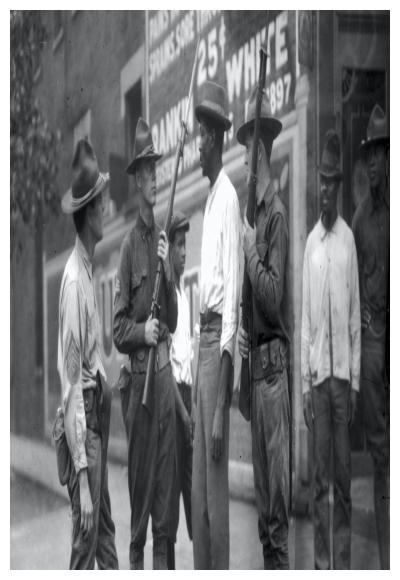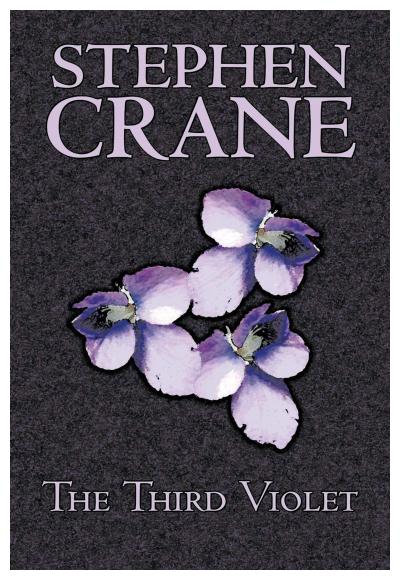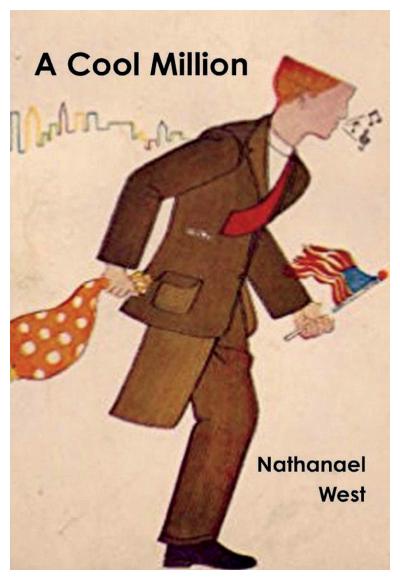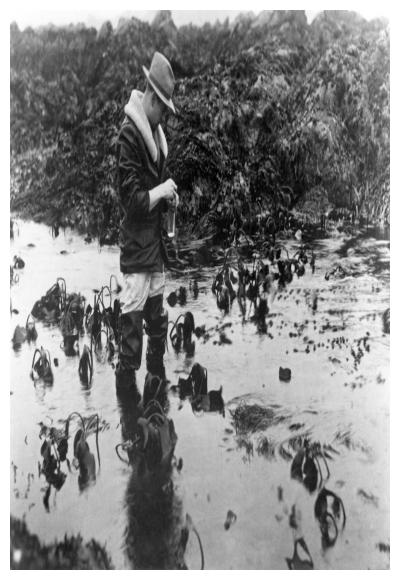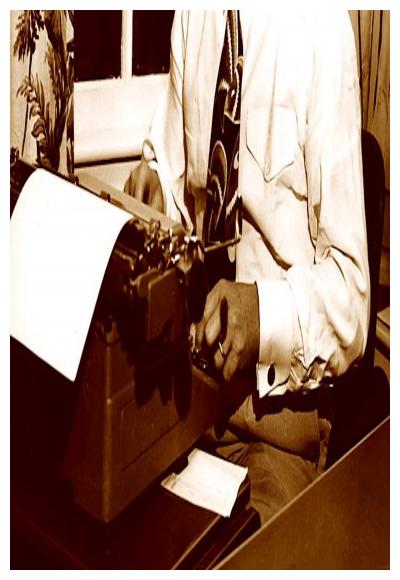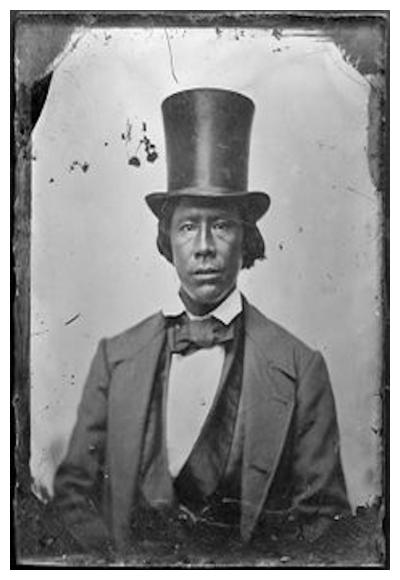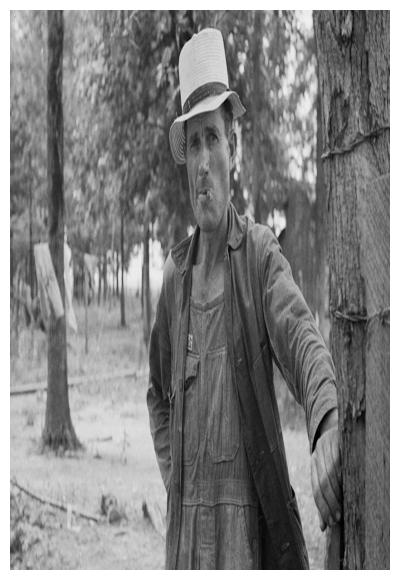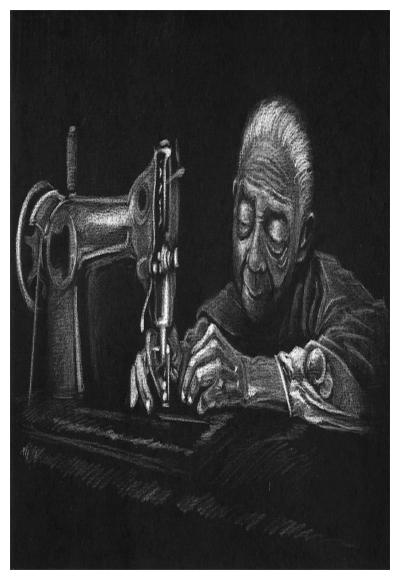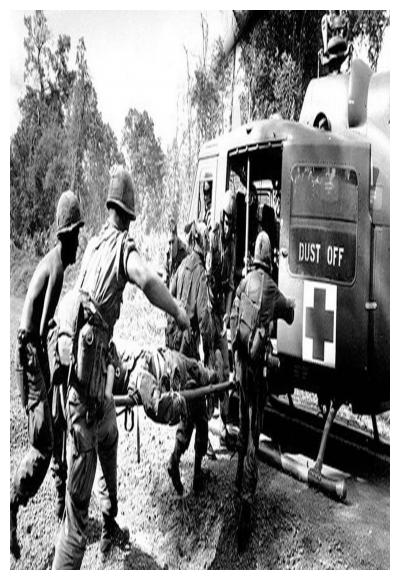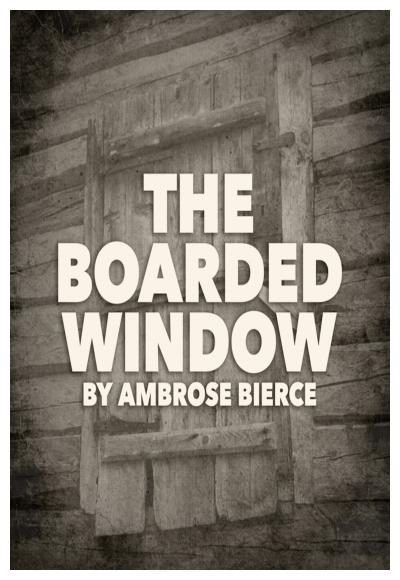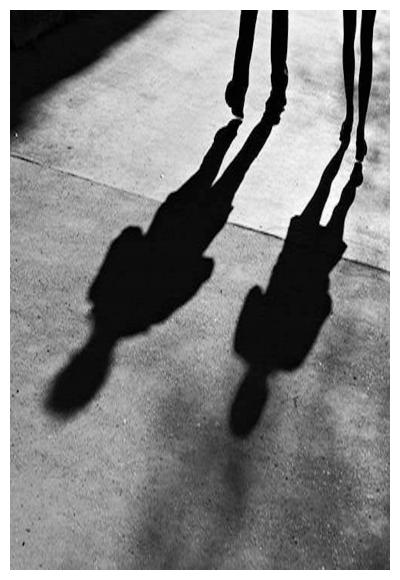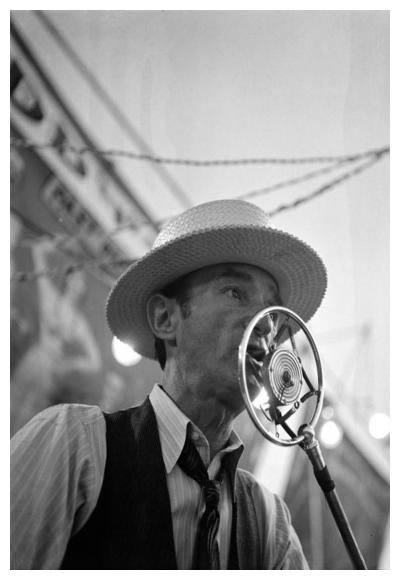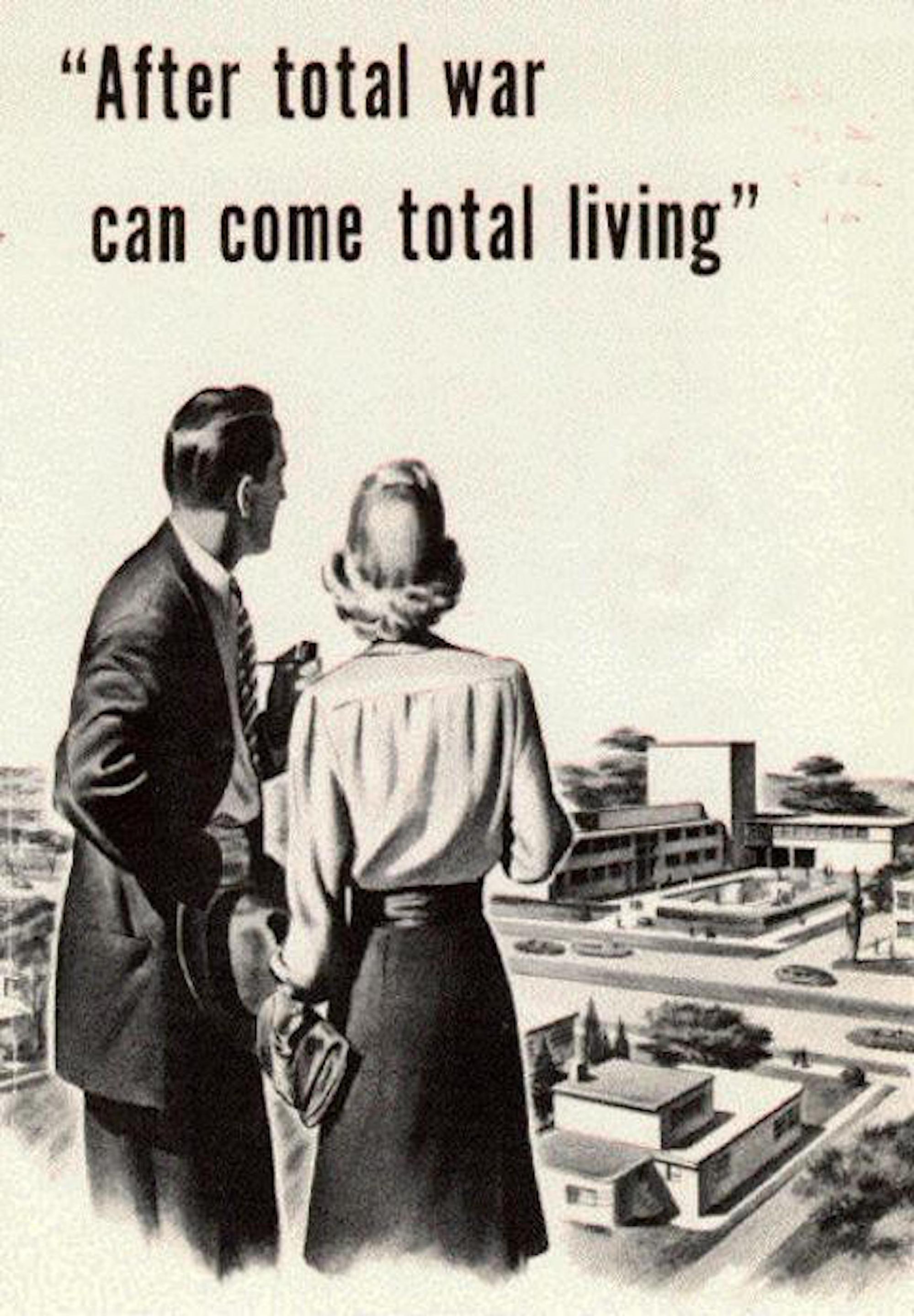
Synopsis/Details
"The Intoxicated" takes place at a 1950s house party in suburban America. A guest named Gerald, intoxicated, escapes to the kitchen—supposedly to retrieve more ice, but in fact hoping to become sober. Once there, Gerald encounters Eileen, the eighteen-year-old daughter of the party hosts, sitting across from him at the table and having a cup of coffee. Eileen offers Gerald black coffee, which he drinks to clear his head. She comments that the party must be fun, without expressing any desire actually to join it. Eileen is in the kitchen to escape the heat from upstairs, where she was finishing a senior paper regarding the future of the world.
Gerald encounters difficulties, whether actual or perceived, in relating to Eileen, the high-school girl; he struggles to find a topic of conversation, wondering if he should ask her about boys or basketball. He even seems irritated that he must make an effort to talk to her. Eileen, however, unhesitatingly tells Gerald about her paper and states that she does not believe the world has much of a future at all. Unnerved by Eileen’s precociousness and earnestness, he attempts to brush her off at first. As the conversation continues, Gerald seems to become even more impatient with Eileen and gives her rather condescending responses.
When Eileen says that, given the current state of the world, she doesn’t think it has much of a future, Gerald answers that girls of his generation thought only about cocktails and necking. Eileen remains unperturbed by this mocking attitude and continues the conversation seriously, despite the fact that Gerald is clearly put off. She persists in describing her vision of the end of the world. Gerald responds flippantly to her predictions, finding them to be nothing but “morbid trash.” Nonetheless, Eileen carries her vision to an endpoint where there are no schools, no houses, no nothing—except people with new rules and new ways of living.
Uncomfortable, Gerald ends the conversation and exits the kitchen. Before leaving, though, he offers to assist a giggling Eileen with her homework. Gerald returns to the party and tells Eileen’s father that he has just had an interesting conversation with the man’s daughter. Eileen’s father and Gerald commiserate over the state of “kids nowadays,” then the host goes to get his guest another drink.
Story & Logistics
Story Type:
Hero's Journey
Story Situation:
Deliverance
Story Conclusion:
Ambiguous
Linear Structure:
Linear
Moral Affections:
Disinterestedness, Innocence, Intemperance
Cast Size:
Several
Locations:
Single
Characters
Lead Role Ages:
Female Teenager, Male Adult
Hero Type:
Anti-Hero, Ordinary
Villian Type:
Anti-Villian, Authority Figure
Stock Character Types:
Everyman, Girl next door, Ingenue
Advanced
Adaption:
Based on Existing Fiction
Subgenre:
Drama, Generation Gap, Literary Adaption, Political
Equality & Diversity:
Female Protagonist
Life Topics:
Adolescence, Mid-life Crisis/Middle Age
Super Powers:
Physical or mental domination
Time Period:
Atomic Age (after 1945), Cold War (Soviet Union and United States, and their allies, 1945–1989 or 1991), Late modern period, Post-war era (1946–1962), The Fifties (1950–1959)
Country:
United States of America (USA)
Time of Year:
Autumn/Fall
Relationship Topics:
Activities, Affinity, Bonding, Emotions and feelings
Writer Style:
Robert Towne, Waldo Salt

